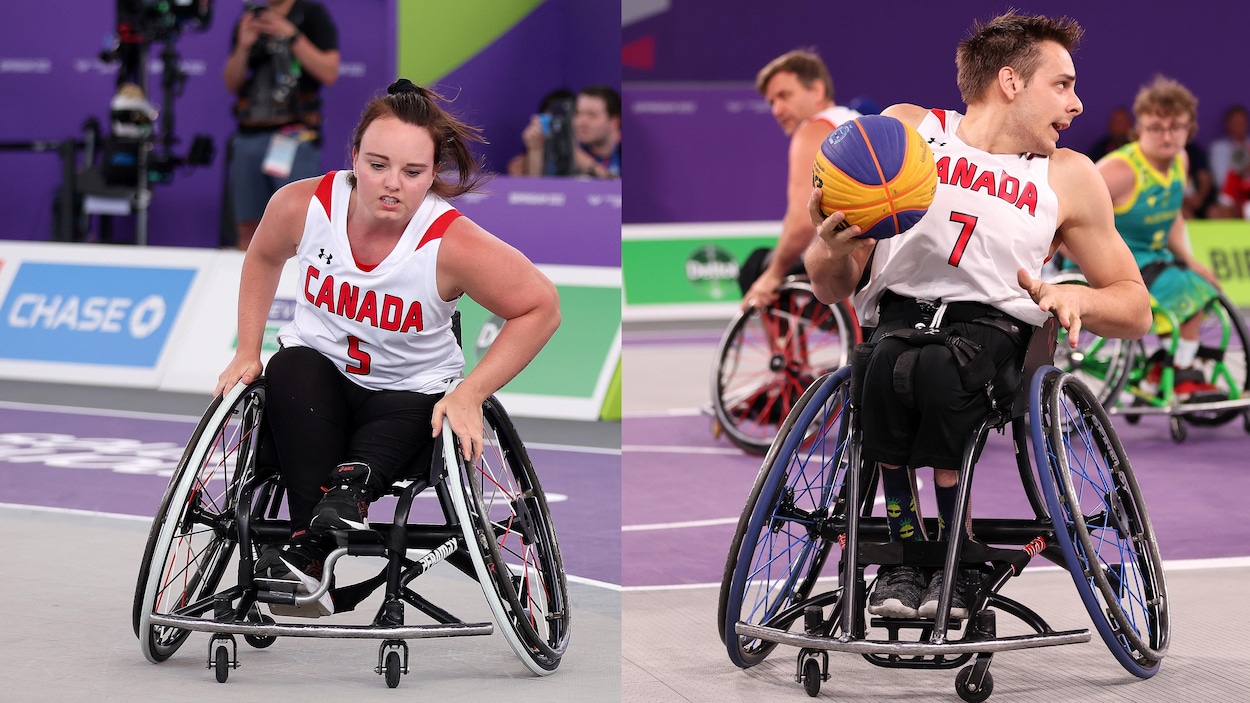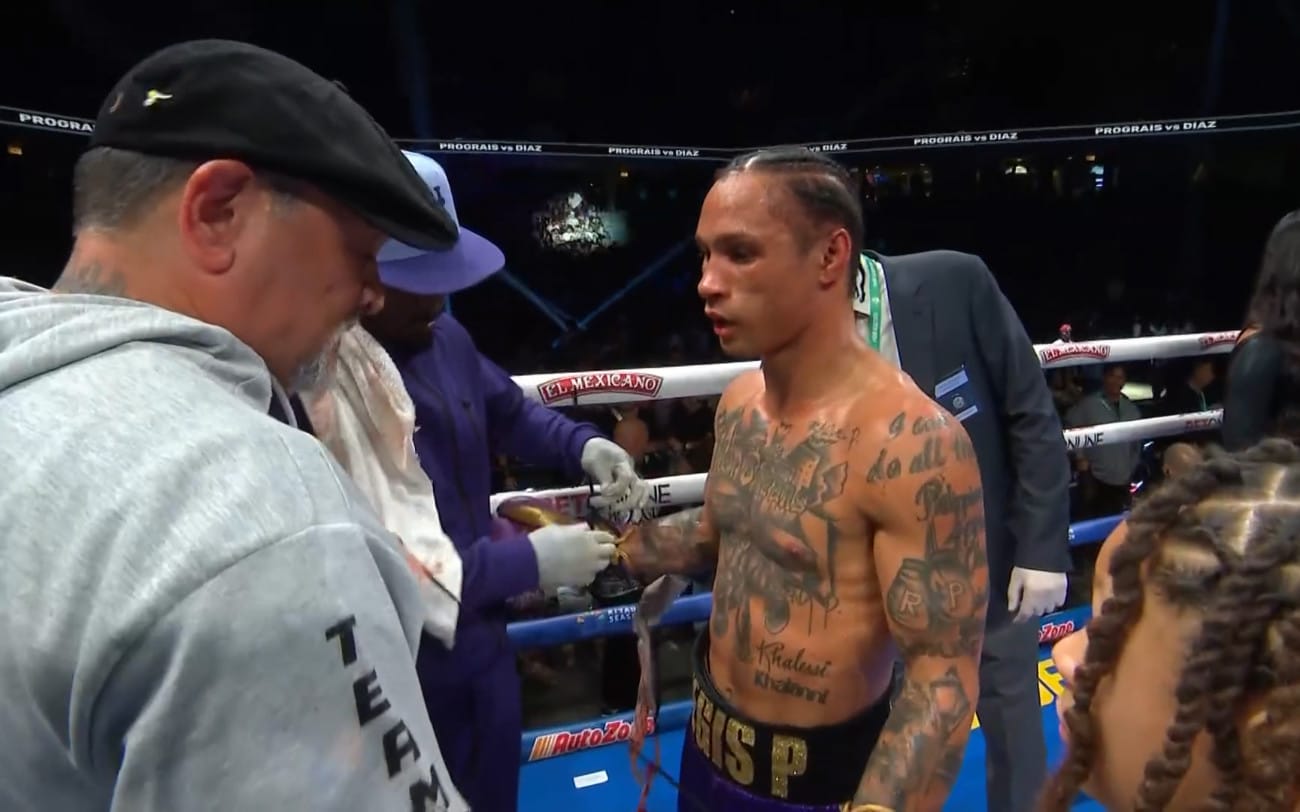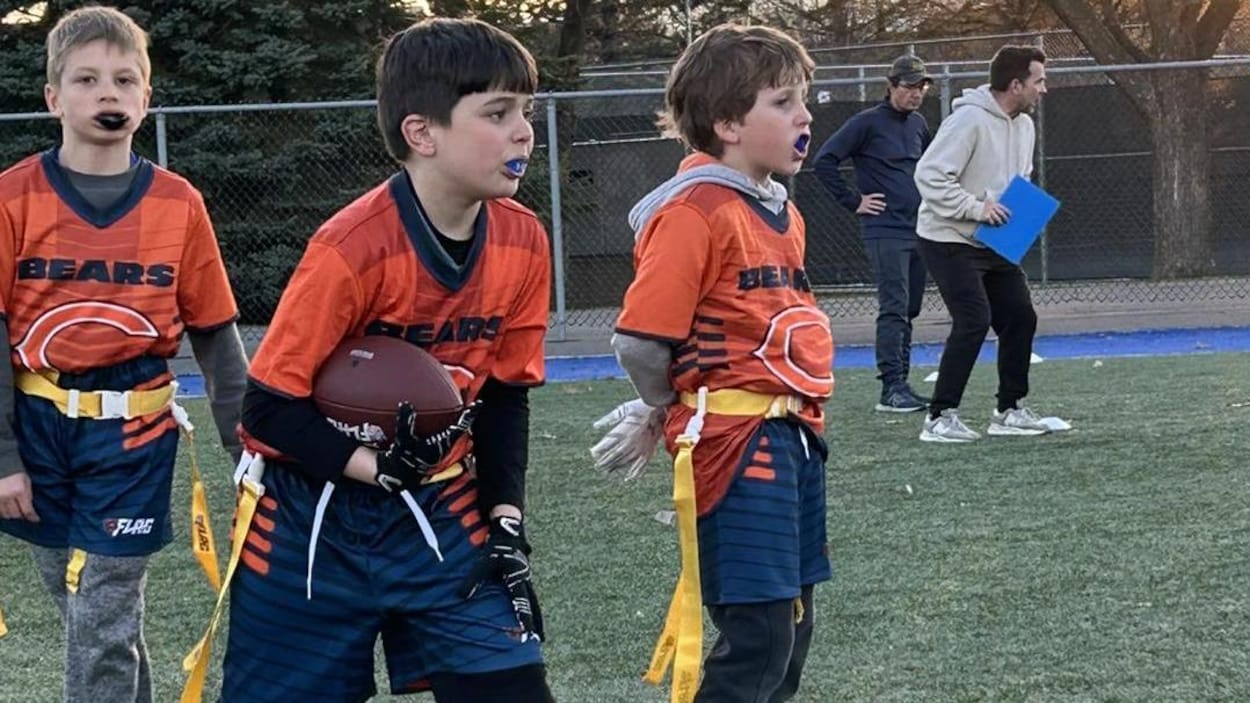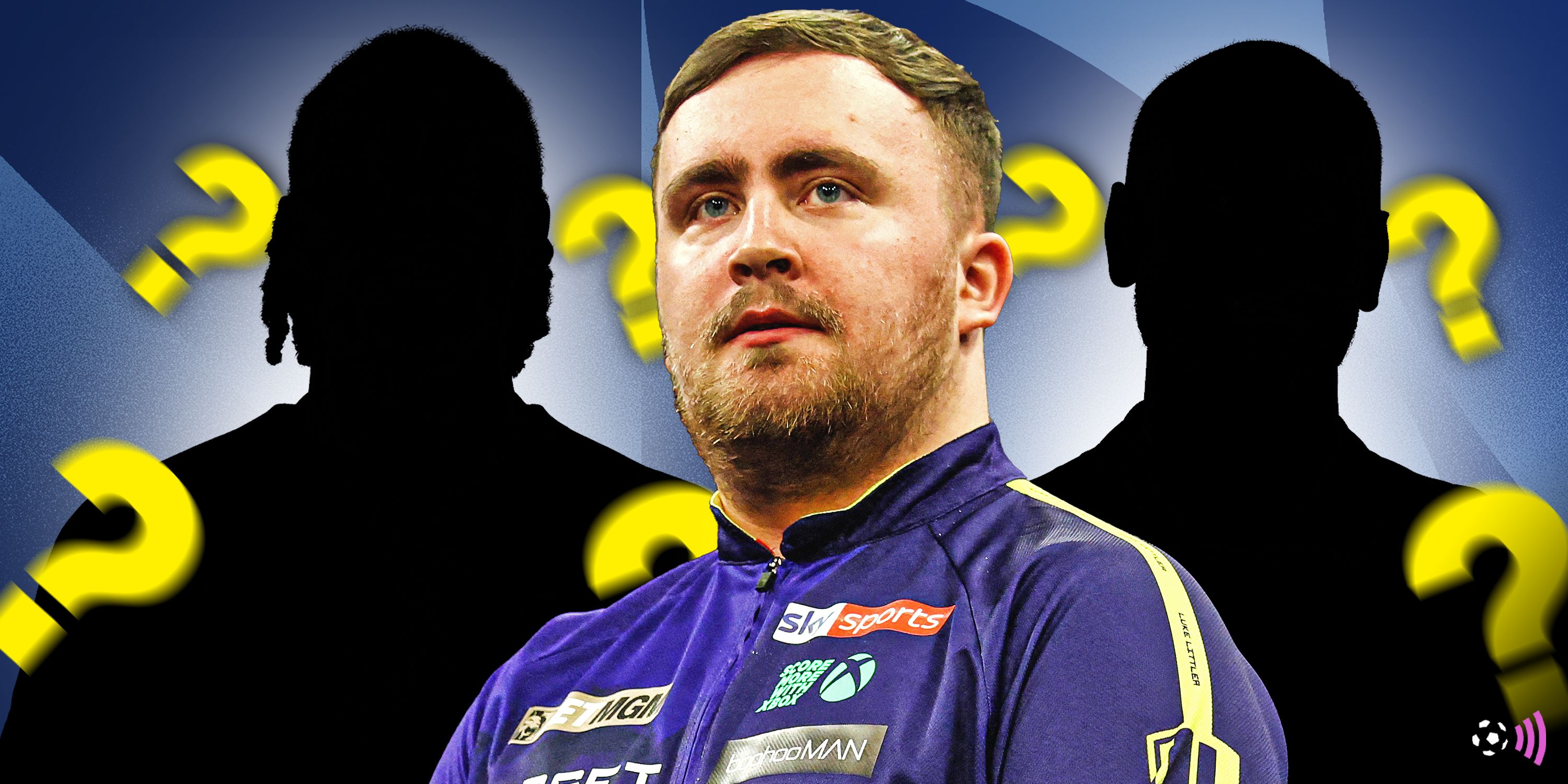PROTECT YOUR DNA WITH QUANTUM TECHNOLOGY
Orgo-Life the new way to the future Advertising by AdpathwayToday’s guest is Tim Riley. Tim Riley is the Director of Sports Performance at Kollective in Austin, where he leads one of the nation’s top NFL off‑season training programs and works with elite athletes across the NFL, NBA, PLL, and AVP. He also serves as a Lead Performance Coach with C4 Energy and Head Strength and Conditioning Coach for the University of Texas Men’s Lacrosse team. Beyond the weight room, Tim shares his knowledge through his podcast, Coach Em Up, and his social media platforms.
On today’s podcast, Tim speaks on how he synthesizes the complexities and possibilities of training into his intuitive process. On the show, we cover numerous items of speed and strength training, digging into the daily training process. We also cover the help and use of strength machines, conditioning, capacity, training stimulation, and much more.
Today’s episode is brought to you by Hammer Strength.

Podcast: Play in new window | Download (Duration: 1:03:28 — 58.1MB) | Embed
Subscribe: Apple Podcasts | Spotify | Amazon Music | Android | Pandora | iHeartRadio | JioSaavn | Podchaser | Email | Deezer | Anghami | Youtube Music | RSS
View more podcast episodes at the podcast homepage. (https://www.just-fly-sports.com/podcast-home/)
Timestamps
1:00 – The Need for Simplicity in a Complex Coaching World
6:08 – Is Complexity Distracting Us from What Actually Matters?
11:55 – What Are Athletes Actually Feeling During a Drill?
18:42 – How Do We Make Coaching Feel Less Robotic?
25:30 – What If the Goal Isn’t Perfection, But Exploration?
32:09 – Can We Trust Athletes to Self-Organize?
39:46 – When Do We Step In, and When Do We Step Back?
47:22 – How to Handle “Messy” Reps and Unscripted Movement
54:11 – Are You Coaching for Output or Adaptability?
1:01:18 – Letting Go of the Illusion of Total Control
Actionable Takeaways
The Need for Simplicity in a Complex Coaching World – [1:00]
Tim emphasizes that sometimes doing less creates more buy-in. When things are simple and grounded, athletes feel safe to go all-in.
What to try:
- Open sessions with minimal barriers, simple tasks that athletes can immediately attack.
- Anchor your program in clear, foundational principles. Avoid over-layering.
- Use simplicity to build confidence before introducing complexity.
Is Complexity Distracting Us from What Actually Matters? – [6:08]
Tim reflects on times when adding more didn’t add value. Too much complexity can distract from what makes athletes feel fast, powerful, or confident.
What to try:
- If a drill looks cool but the athletes are confused, simplify.
- Choose training elements that resonate emotionally and physically with athletes.
- Prioritize what sticks with them, not what looks best on social media.
What Are Athletes Actually Feeling During a Drill? – [11:55]
Tim discusses the disconnect between what coaches see and what athletes actually experience. You won’t know unless you ask.
What to try:
- Regularly pause to ask: “What did that feel like?”
- Adjust based on athlete feedback, even if it means letting go of your favorite drill.
- Use sensation-based questions to help athletes build awareness (“Did you feel the bounce off the floor?”).
How Do We Make Coaching Feel Less Robotic? – [18:42]
Athletes shut down when things feel overly mechanical. Tim points out that meaningful training often happens in the gray areas, not the rigidly planned ones.
What to try:
- Let warmups flow with energy, don’t always stick to a static script.
- Mix structure with spontaneity. Athletes should feel like they’re moving, not executing code.
- Lean into athlete body language. Adjust volume and tone on the fly.
What If the Goal Isn’t Perfection, But Exploration? – [25:30]
Tim encourages a shift from perfect execution to active exploration. Growth comes from seeing what might work, not just repeating what’s safe.
What to try:
- Create “choose your own path” movement options in skill work.
- Use sessions that feel like problem-solving, not rehearsing.
- Acknowledge when athletes take a risk, even if the result isn’t clean.
Can We Trust Athletes to Self-Organize? – [32:09]
Tim shares how athletes often come up with smarter solutions when you step back. Giving them space invites better, more natural movement.
What to try:
- Give minimal constraints and let them explore output, rhythm, or direction.
- Watch for patterns, don’t force them into yours.
- Resist the urge to overcorrect. Curiosity is more powerful than control.
When Do We Step In, and When Do We Step Back? – [39:46]
It’s not about coaching every rep, it’s about timing. Tim explains how knowing when not to coach can preserve momentum and trust.
What to try:
- Step in when safety, clarity, or intent is breaking down, not just because it’s not “right.”
- Observe more. Athletes reveal more through rhythm than words.
- Use short, guiding questions instead of constant directives.
How to Handle “Messy” Reps and Unscripted Movement – [47:22]
Tim frames “messy” movement as a sign of life. Clean doesn’t always mean better; adaptation often starts in the awkward rep.
What to try:
- Reframe “errors” as invitations for refinement, not rejection.
- Use film or feedback loops to help athletes see their process evolve.
- Let reps breathe. Avoid cueing away the chaos too early.
Are You Coaching for Output or Adaptability? – [54:11]
Chasing numbers can trap coaches into training for the test. Tim reminds us that real performance is rooted in adaptability, not outputs alone.
What to try:
- Cycle between high-output days and variable, reactive environments.
- Don’t let PRs blind you to messy wins, like problem-solving or improvisation.
- Include tasks where success isn’t binary, just better.
Letting Go of the Illusion of Total Control – [1:01:18]
Tim closes with humility. Coaching isn’t about perfectly shaping every outcome; it’s about giving athletes the tools and space to grow on their terms.
What to try:
- Release the need to micromanage. Focus on preparing, not programming every detail.
- Trust that athletes will often find the best version of the solution, even if it’s not yours.
- Create the conditions for learning, then step aside and let it happen.
Tim Riley Quotes
“I try to make our training something that gets them excited to walk into.”
“We’re not playing for points in a warm-up. It’s okay to do things that look a little messy.”
“The more you can create an environment where they’re not thinking about the constraints, they’re just immersed in it, the better the movement.”
“It doesn’t always need to be, ‘You did this wrong. Do it again.’ It can be, ‘What did you notice? What did you feel?’”
“You don’t always need to be the one solving the problem. Sometimes they’ll solve it better than you can.”
“The more we can back out and just watch, the more we start to learn about what the athlete actually needs.”
“We’ll run circuits that don’t have a ‘right way’—just a way that feels good and makes them think.”
“I’ve had athletes say, ‘That felt smooth,’ and that’s more important to me than what the data says.”
“I’d rather build something that sustains energy over time than something that just looks impressive on paper.”
“A lot of athletes don’t need more drills—they need more ways to engage with what they already know.”
“We’re not trying to fix people. We’re trying to help them organize themselves better.”
“When they start to ask their own questions about movement, that’s when I know something is clicking.”
About Tim Riley
Tim Riley is the Director of Sports Performance at Kollective in Austin, TX, where he leads one of the nation’s premier NFL off‑season training programs and works with athletes from the NFL, NBA, PLL, and AVP. He also serves as Head Strength and Conditioning Coach for the University of Texas Men’s Lacrosse team and is a Lead Performance Coach with C4 Energy, designing strength and performance initiatives for athletes nationwide.
Launching his career in 2017 through NPTI under Professor Dave Boetcher, Tim has since built Tim Riley Training LLC and earned certifications including NASM, Precision Nutrition, and USAW. Mentored by leaders such as Mo Wells, Trey Hardee, and Dr. Pat Davidson, he has developed a reputation for precision in off‑season and in‑season regimens. His holistic philosophy blends physical preparation with mental resilience, and he extends his impact through his podcast, Coach Em Up, and his social media platform @timrileytraining.
Free Speed Training eBook - Velocity 101

Improving speed is one of the most popular topics in the athletic performance equation. Where there are many ideas and thoughts out there, as to particular training exercises, or setups, the more core aspects of speed training often go without mention. These include the fundamental aspects of what makes an athlete fast, specific sprint-power concepts, the relevance of "3D" motion, motor learning and more.
Velocity 101 will help you take a leap forward in understanding of what makes athletes fast, and how to train it effectively
Invalid email address
We will never sell your information and you can unsubscribe at any time.


 2 weeks ago
4
2 weeks ago
4
















 English (US) ·
English (US) ·  French (CA) ·
French (CA) ·